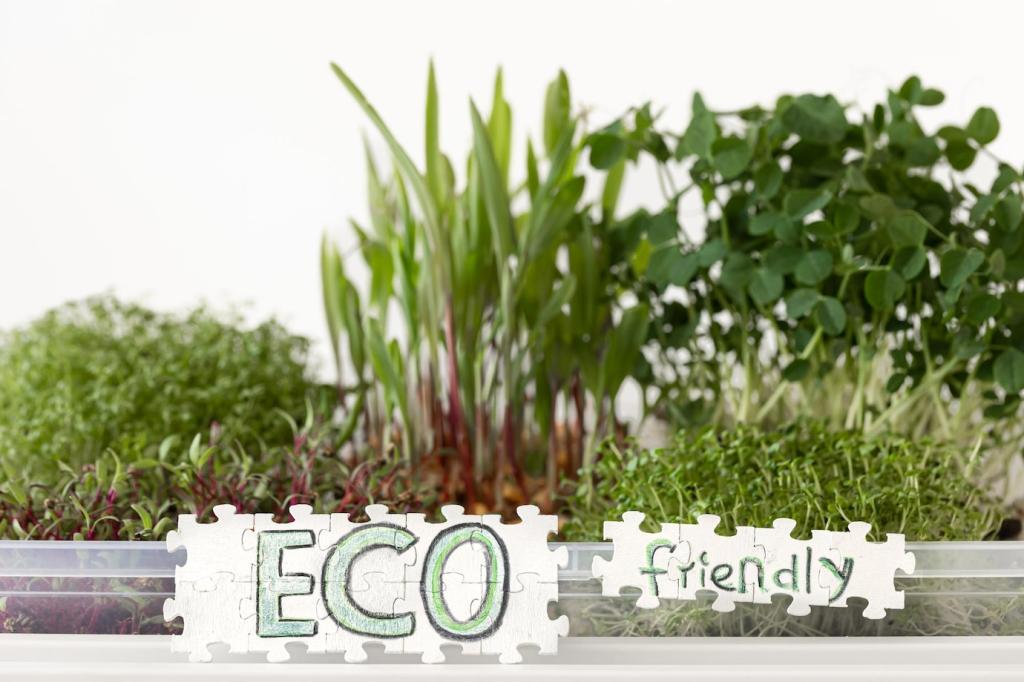Eco-Friendly Digital Marketing Strategies for Interior Designers
Educating Audiences on Sustainable Design
Harness your content channels to inform clients about eco-friendly materials, energy-efficient designs, and green certifications. Explain the benefits of sustainable décor and furnishings, demystify green terminology, and showcase your authority as an expert in responsible design. Educational content encourages clients to pursue eco-conscious interiors and builds trust, setting your brand apart as a green leader in a competitive market.
Showcasing Real-Life Sustainable Projects
Utilize case studies, photo tours, and project highlights to illustrate how sustainable values are reflected in actual interior design work. By presenting authentic projects with eco-friendly features—such as reclaimed wood, non-toxic paints, and upcycled décor—you not only offer inspiration but also evidence of your hands-on commitment to the planet. This transparency fosters credibility and attracts clients who share your values.
Green Website Optimization
Selecting Eco-Conscious Hosting Providers
Choose website hosting partners powered by renewable energy and committed to reducing their environmental footprint. Eco-conscious hosting options not only limit your site’s carbon emissions but also align with your values, reinforcing your brand’s dedication to responsible business choices. Clearly mentioning your choice of green hosting on your site can appeal to environmentally aware visitors.
Streamlining Website Performance
A streamlined website loads quickly, uses minimal resources, and reduces energy use for both servers and end-users. Optimize images, eliminate unnecessary scripts, and use lean coding practices to enhance performance. These improvements not only contribute to a greener web but also boost SEO and create a more satisfying browsing experience for potential clients.
Implementing Minimalistic and Accessible Design
Adopt a minimalistic aesthetic that not only resonates with contemporary tastes but also supports sustainability by requiring fewer digital resources. Incorporate accessibility standards to make your site usable for all clients, expanding your audience and reflecting social responsibility. A clean, accessible design demonstrates sophistication and a mindful approach to both the planet and your clients.

Create regular themed campaigns dedicated to eco-friendly design tips, upcycling challenges, or sustainability spotlights within your practice. Use stories, posts, and short videos to showcase new developments, eco-partnerships, and client success stories. These campaigns educate, build your reputation as a green innovator, and motivate others to embrace sustainability in interior design.

Form partnerships with influencers who are passionate about sustainability, design, or both. By sharing each other’s content and co-hosting live discussions or workshops, you expand your reach and credibility within the sustainable design niche. Genuine collaborations resonate with audiences who value authenticity and reinforce your brand’s commitment to environmental responsibility.

Feature your participation in local green initiatives or environmental advocacy through social media updates. Share photos, event recaps, and testimonials to inspire your audience and show your real-world involvement in sustainability. Documenting these initiatives enhances your identity as an eco-leader both on- and offline, building trust and advocacy among eco-conscious clients.
Previous slide
Next slide
Sustainable Paid Advertising Approaches
Sharpen your ad spend by focusing on your immediate service areas or regions most interested in sustainable design. Geo-targeting not only results in higher conversion rates but also lowers the environmental cost associated with serving irrelevant ads to vast, uninterested audiences. Localized ads often resonate more and foster community engagement as well.

Vetting Digital Service Providers for Green Credentials
Whether it’s your copywriter, photographer, or web developer, scrutinize their commitment to sustainability. Choose partners who practice paperless operations, carbon offsets, or use renewable energy. This vigilance ensures that every aspect of your digital marketing is aligned with eco-friendly standards and enhances your credibility.
Highlighting Eco Certifications and Accreditations
Prominently feature the green credentials and sustainability awards of your business, suppliers, and digital partners to instill confidence in clients. These endorsements substantiate your eco-friendly claims and create reassurance for potential clients actively seeking sustainability in their design projects.
Building a Green Digital Ecosystem
Strive to build long-term relationships with vendors and platforms dedicated to reducing digital waste, improving accessibility, and advancing sustainable technology. Collaborating within such an ecosystem multiplies your positive impact, makes your marketing efforts more resilient, and creates a synergistic network of green advocates.
Leveraging Eco-Conscious Analytics and Reporting
Utilizing Lightweight, Ethical Analytics Tools
Opt for analytics platforms that use minimal scripts, prioritize user privacy, and operate with energy-efficient infrastructure. Such tools provide vital marketing insights without heavy tracking codes, which slow sites and use extra electricity. Ethical analytics enhance performance and demonstrate your commitment to both client privacy and sustainability.
Reducing Unnecessary Data Collection
Collect only the data essential for strategic decisions, limiting the environmental impact of processing and storing vast amounts of information. This focused approach not only reduces server load and electricity use but also streamlines compliance with data privacy regulations, protecting your clients and your brand.
Analyzing and Adjusting Green Campaign KPIs
Track the success of eco-friendly initiatives by establishing relevant performance indicators. Monitor engagement with sustainability content, conversions from green campaigns, or referrals from ethical influencers. Adjust strategies based on real-world data to continually sharpen your impact and demonstrate ongoing improvement in your eco-conscious marketing.
